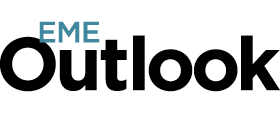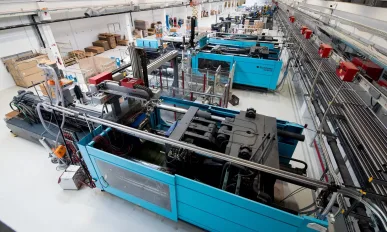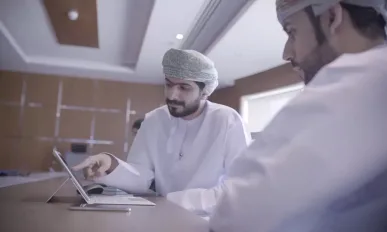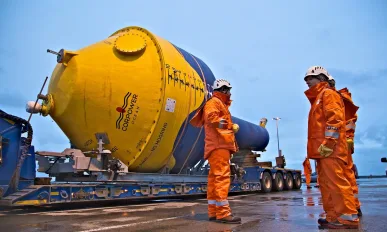Issue 37
UNStudio : Breaking Ground in the Middle East
Global architecture firm UNStudio is bringing its innovative, out-of-the-box design approach to the Middle East, the firm will soon open a permanent office in Dubai.
Yaskawa Environmental Energy / The Switch
Finnish company Yaskawa Environmental Energy / The Switch has been pioneering electricity train drive solutions, enabling renewable power companies to become even more energy efficient.
Plastika Skaza : Plastic Goes Green
Slovenia’s Plastika Skaza continues to pioneer new products, the company determined to drive a sustainable revolution in the plastics industry both at home and further afield.
Oman Broadband Company : Oman’s Critical Connector
Having successfully connected more than 50 percent of Oman’s housing units to modern, fit-for-purpose internet, Oman Broadband Company is planning for Phase 2 of the nationwide rollout.
Express Pack Print : Packing a Punch
Express Pack Print is one of UAE’s top packaging companies, pioneering technologies and sustainability initiatives to maintain its competitive advantage.
CorPower Ocean : Sea Change
How CorPower Ocean is developing game-changing wave energy convertors that will enable the efficient harvesting of electricity from our oceans.
Copper Mill Sevojno : Copper Standard
Since the privatisation of Serbia’s copper industry, manufacturing companies such as Copper Mill Sevojno have gone from strength to strength.
Coal Mine Pljevlja : Mining for Montenegro
As the Balkan nation develops its economy and bids for membership of the European Union by 2025, the transformed mining operation based near Pljevlja continues to power progress.
Bergman & Beving : Power to the Tools
Despite the ongoing COVID-19 pandemic, Bergman & Beving’s Tools & Consumables division continues to pursue an ambitious strategy of growth.
Fire in the Hole! Alan ‘Big Al’ Barratt and the Rise of Grenade
Alan ‘Big Al’ Barratt’s explosively successful Grenade brand is a true manifestation of his personality and life experiences, the journey beginning at the age of 15 when he first set foot in a gym.
Has COVID-19 Caused an Increase in Cyberattacks?
Maria Sirbu, VP of Business Development at Voxility, provides insight into cyberattack activity during the coronavirus pandemic to date.
The Greatest Championships : Making Wimbledon Digital
When this summer’s Wimbledon was cancelled, IBM and the AELTC rallied to create a unique, immersive tennis experience centred around remastered content.
Adapting to a ‘New Normal’ : Lessons Learned from COVID-19
With the 'New Normal' causing seismic shifts in working life and consumer behaviour, businesses need to be more agile, well-informed and cyber-secure than ever.















